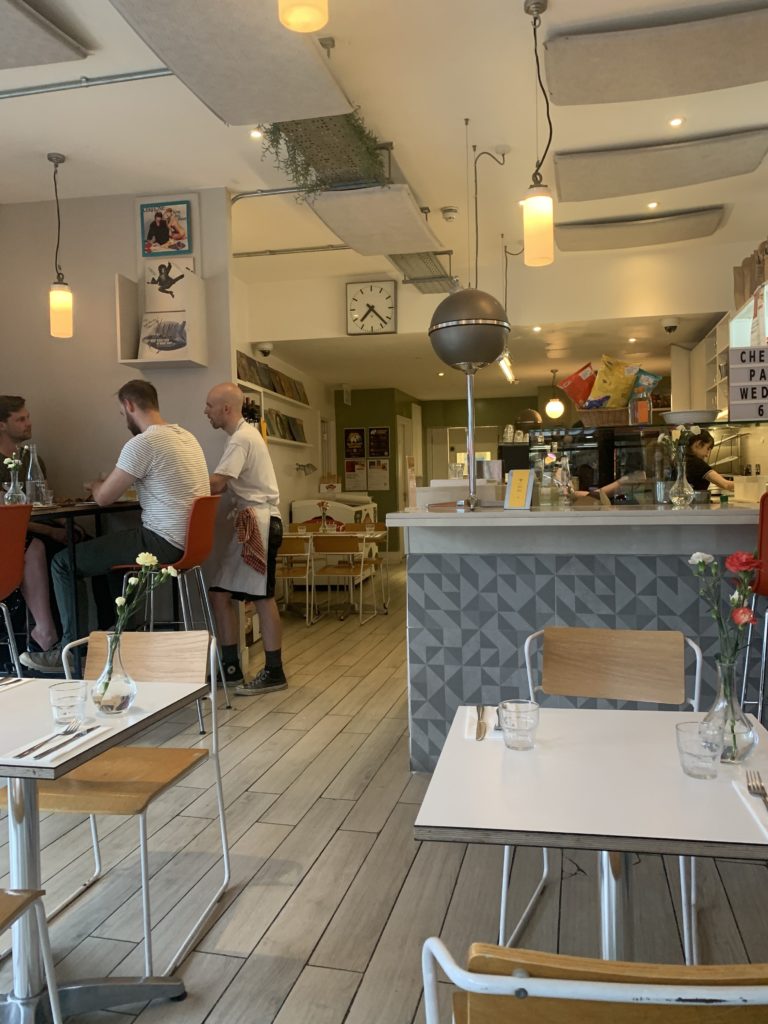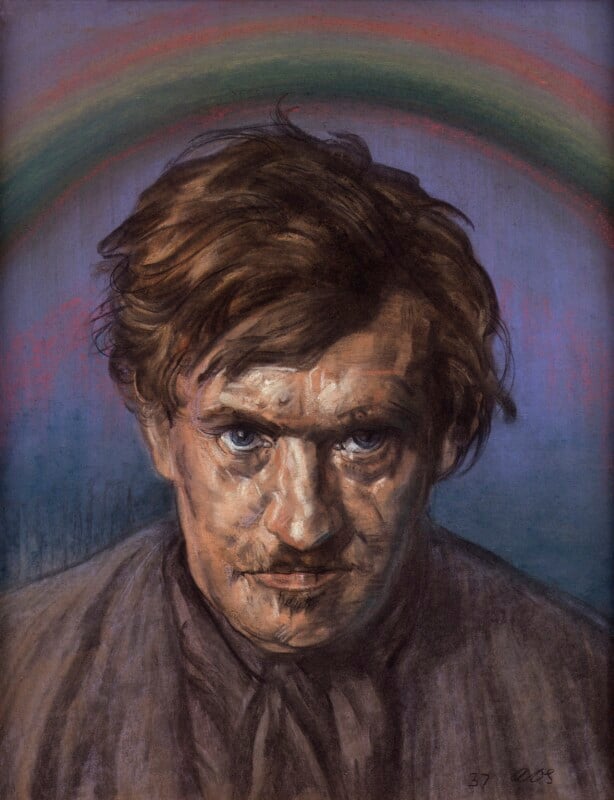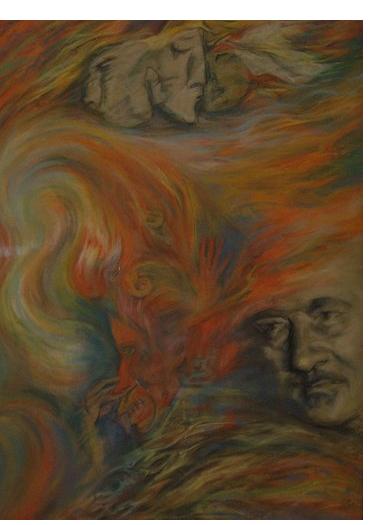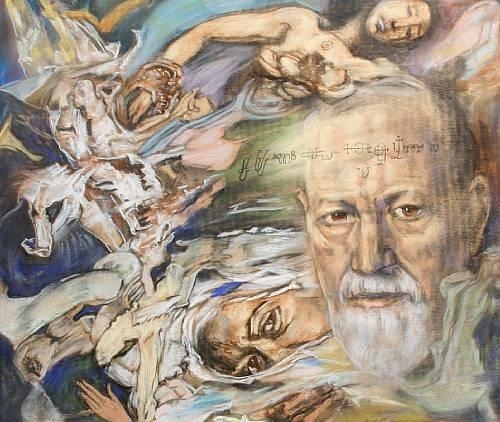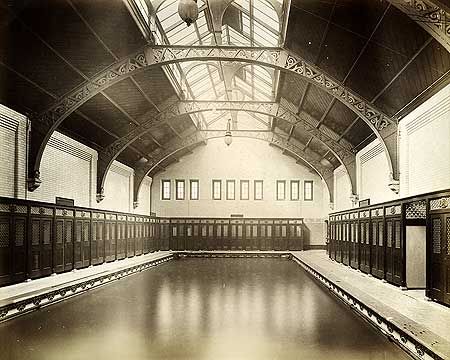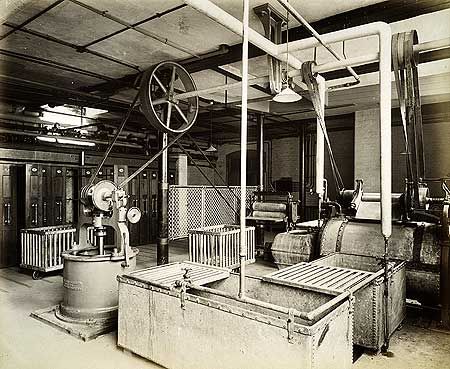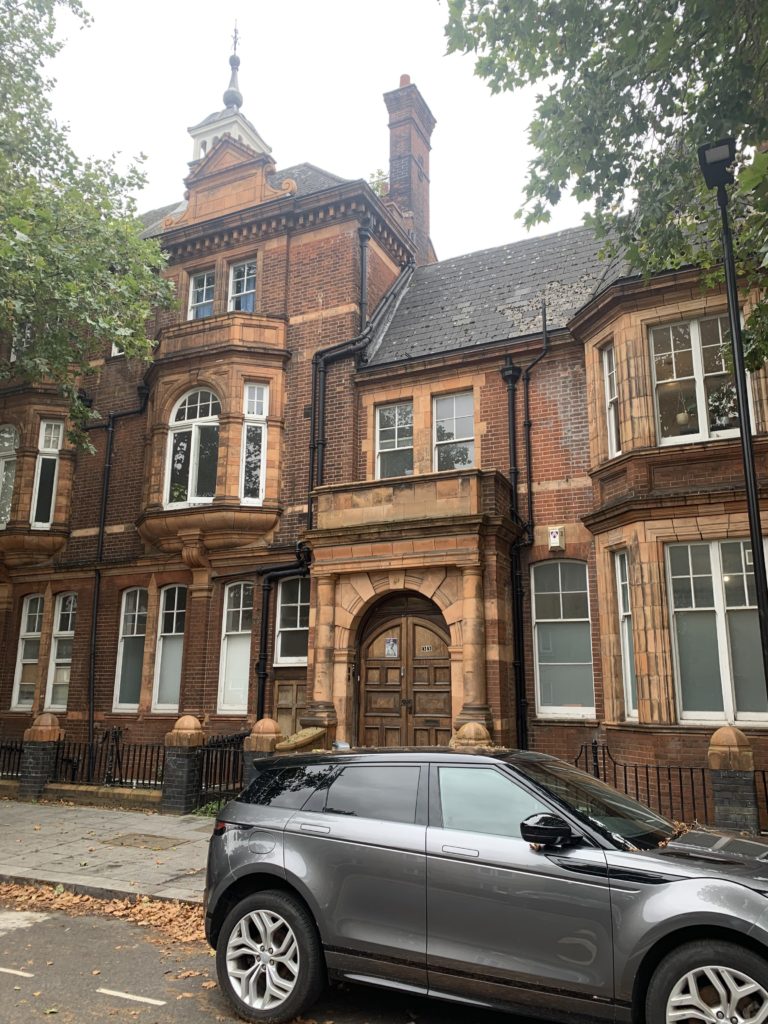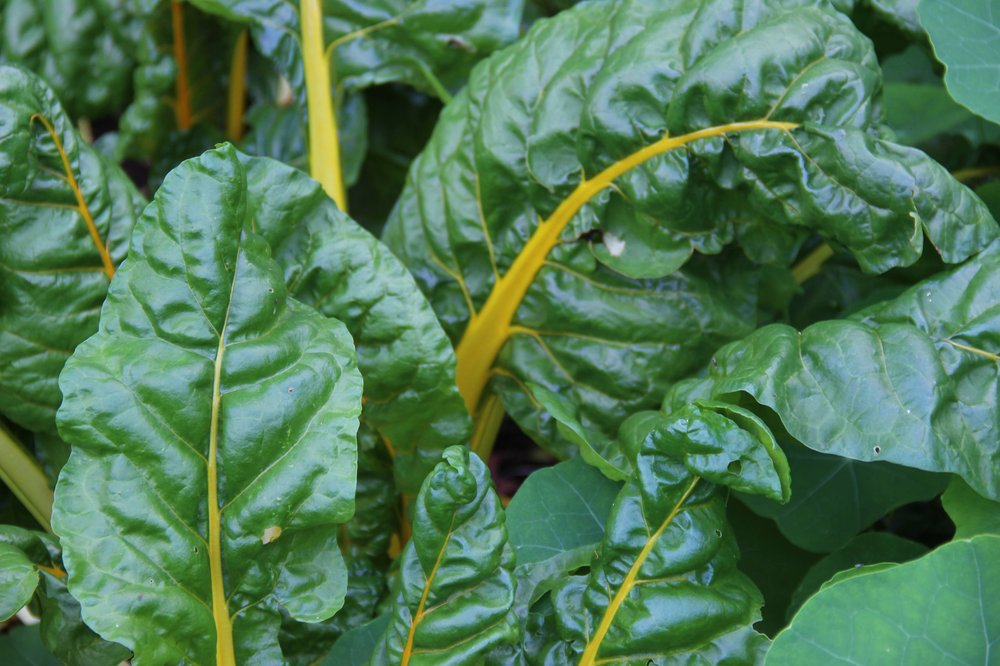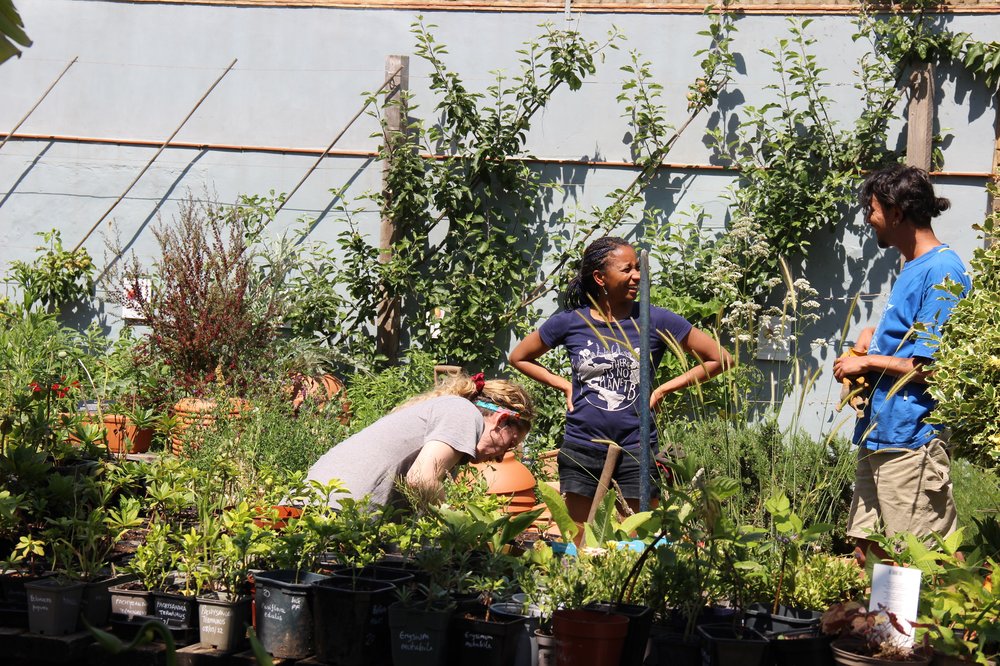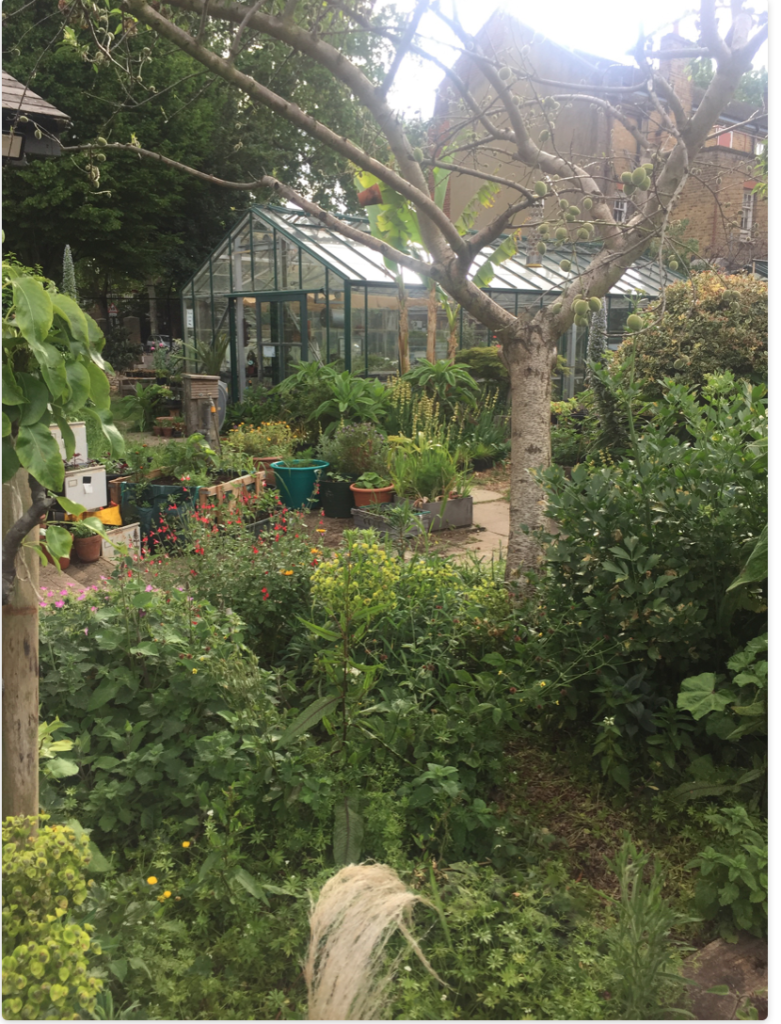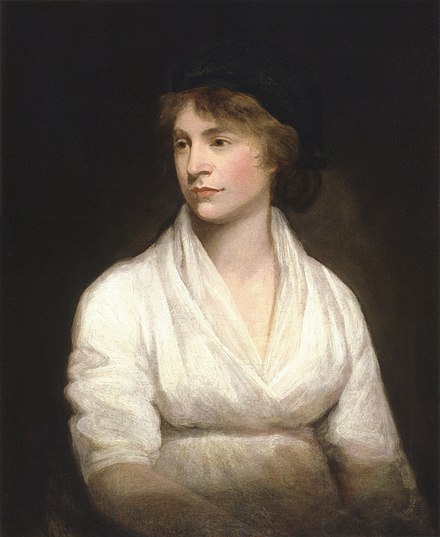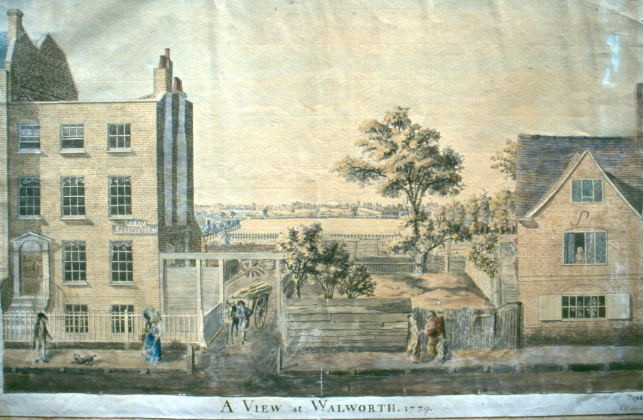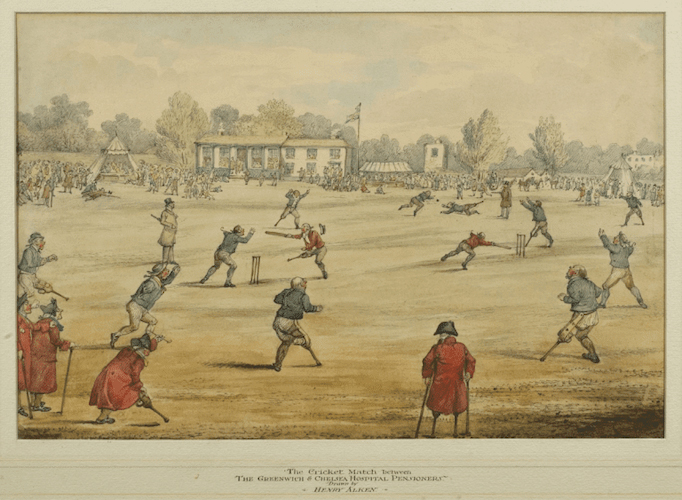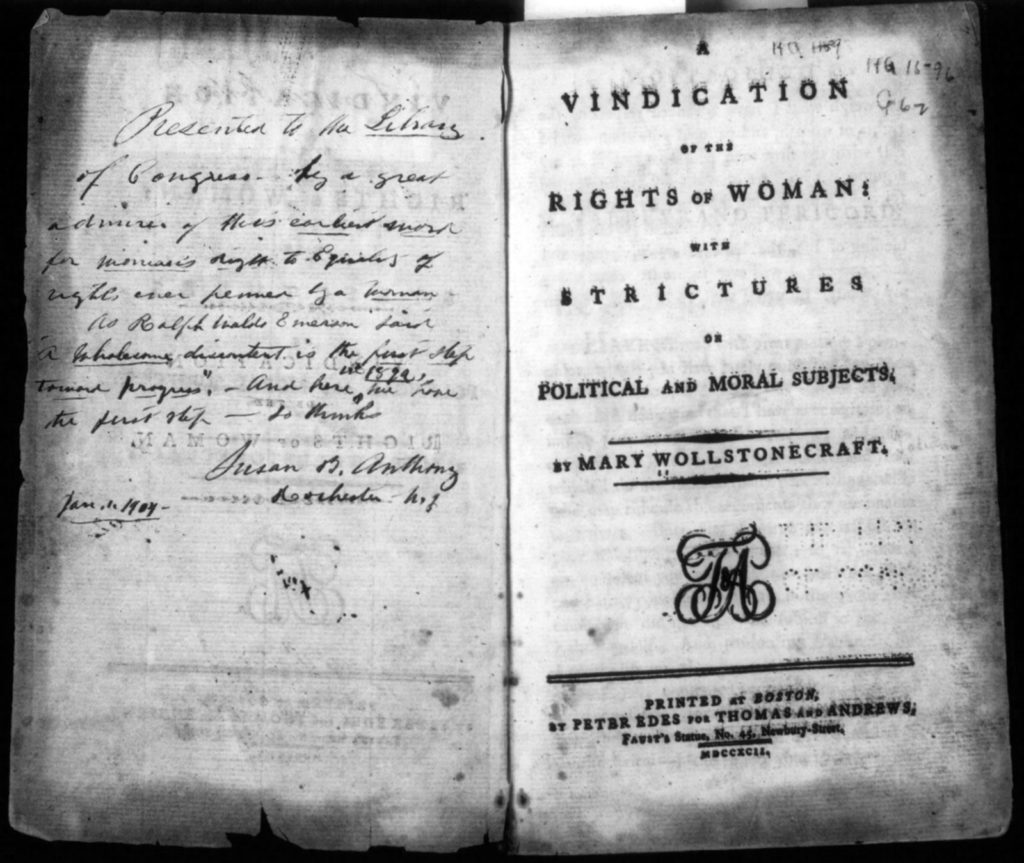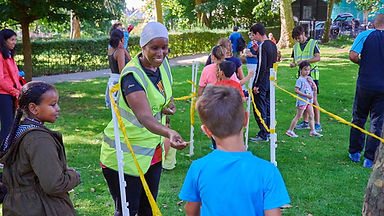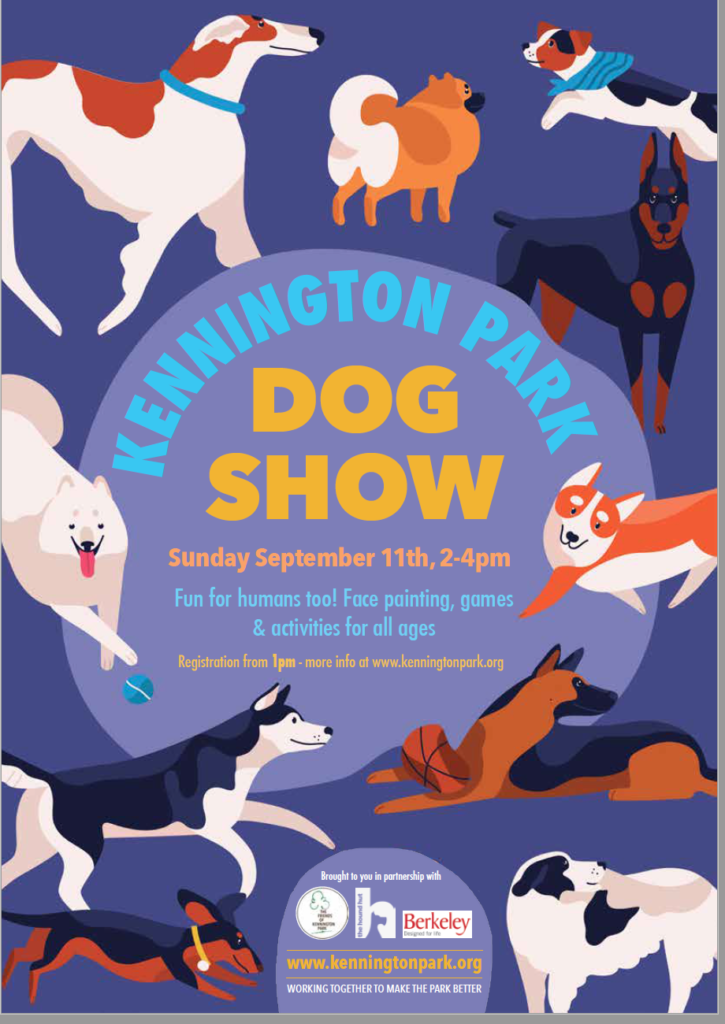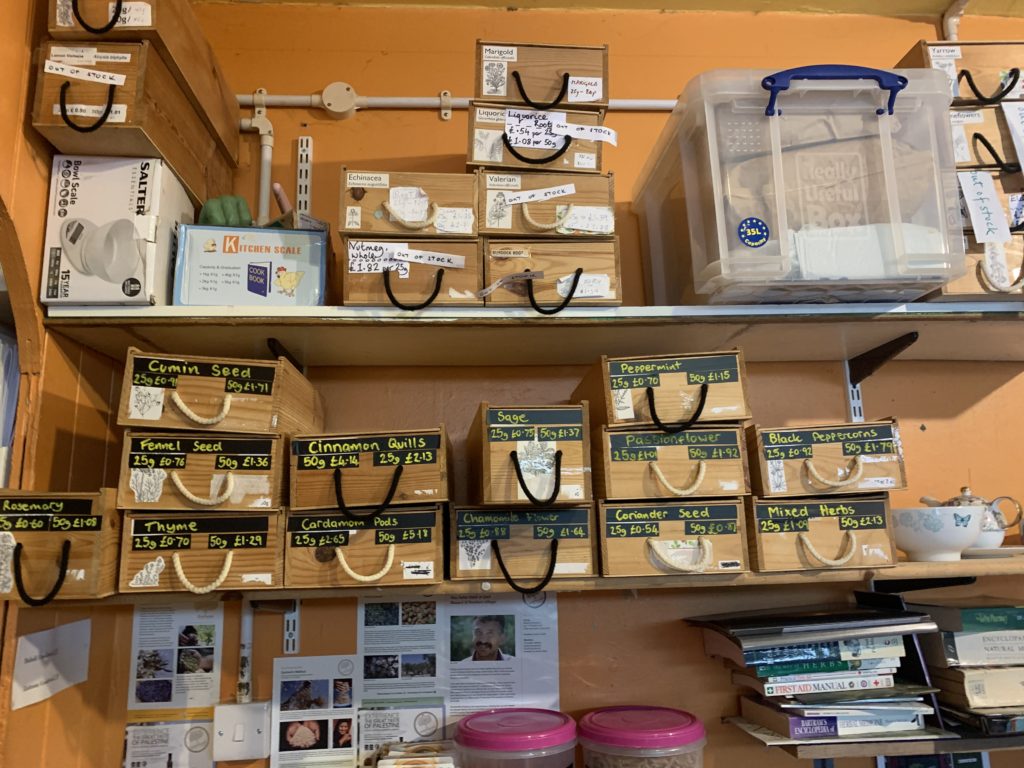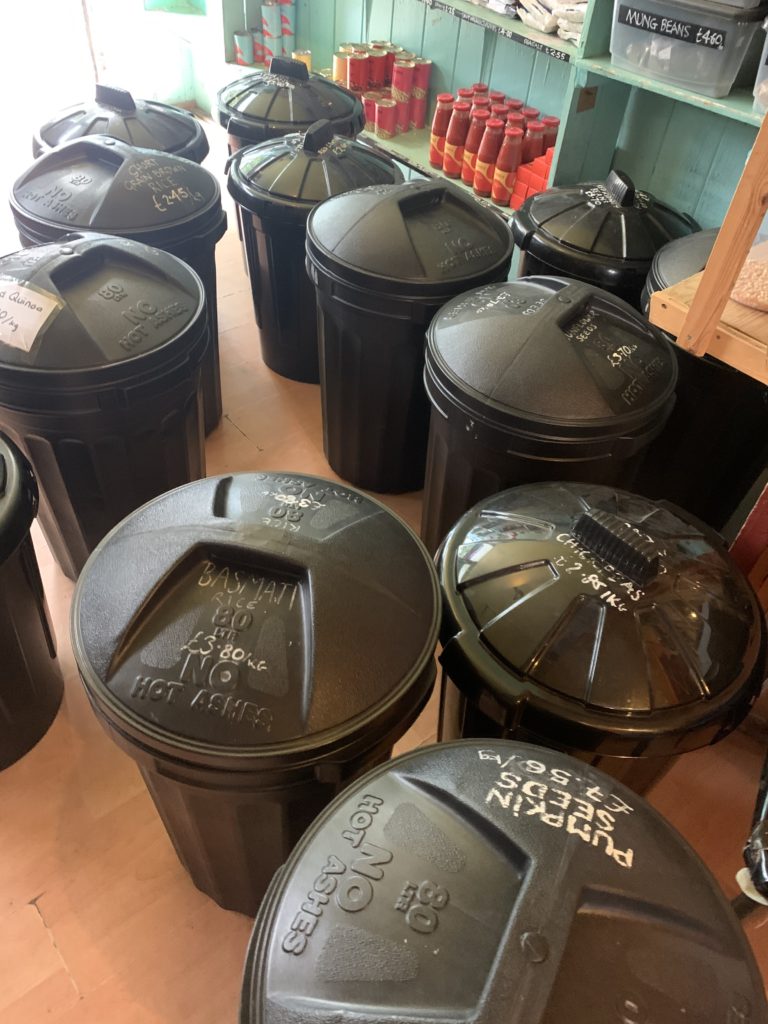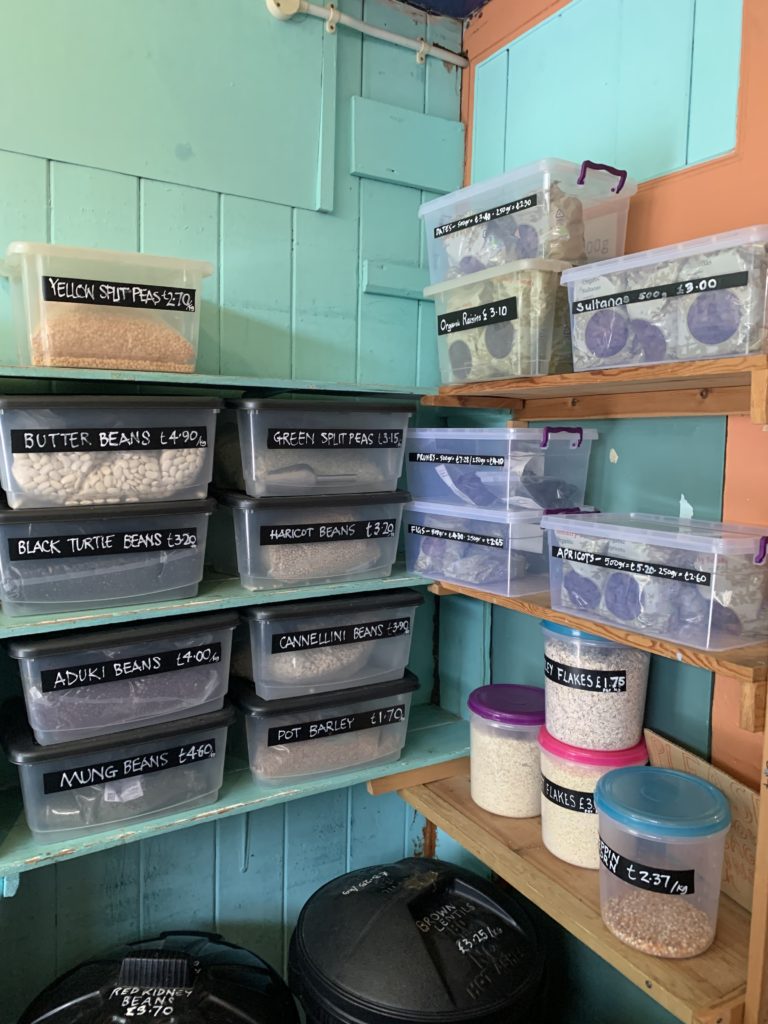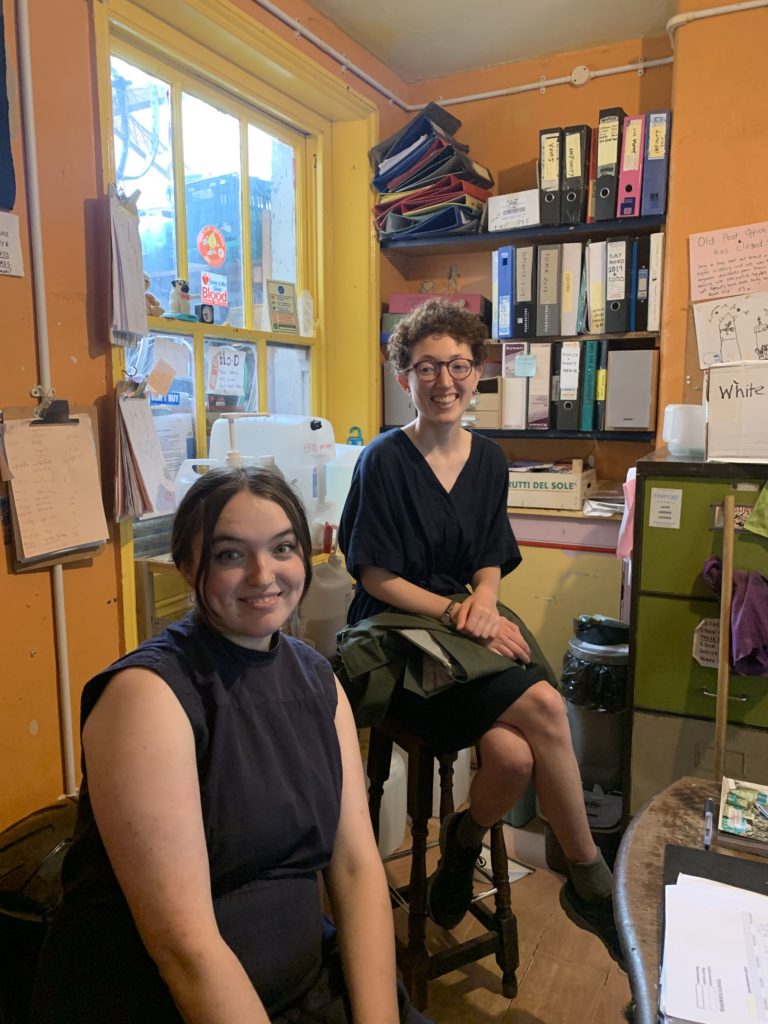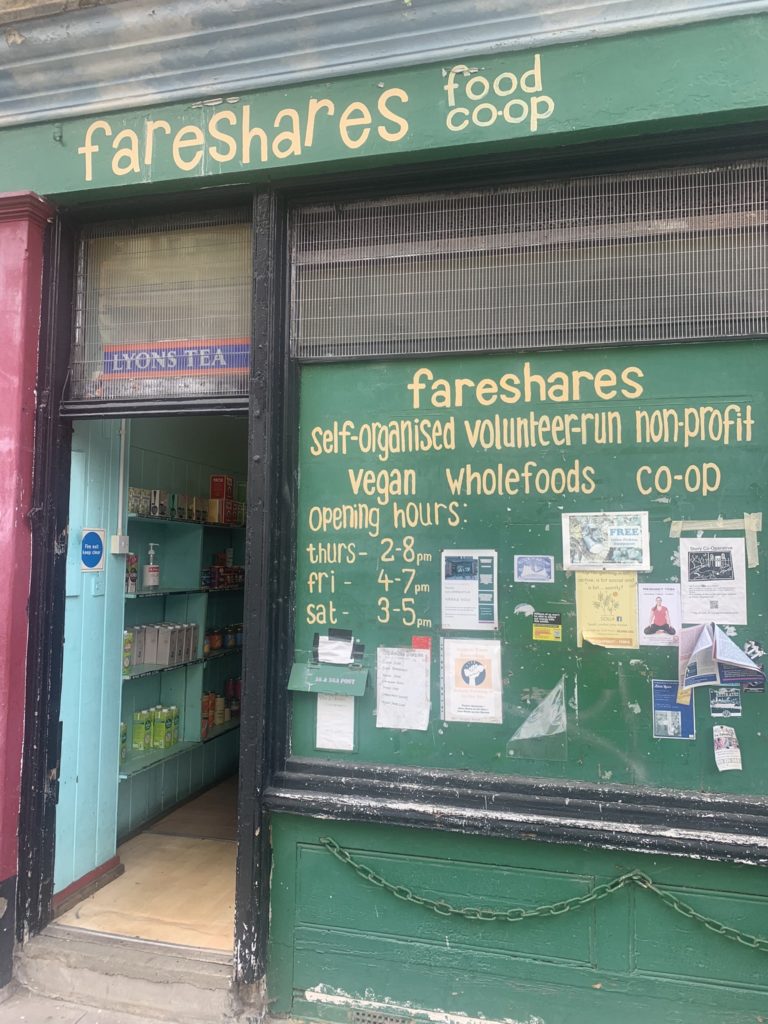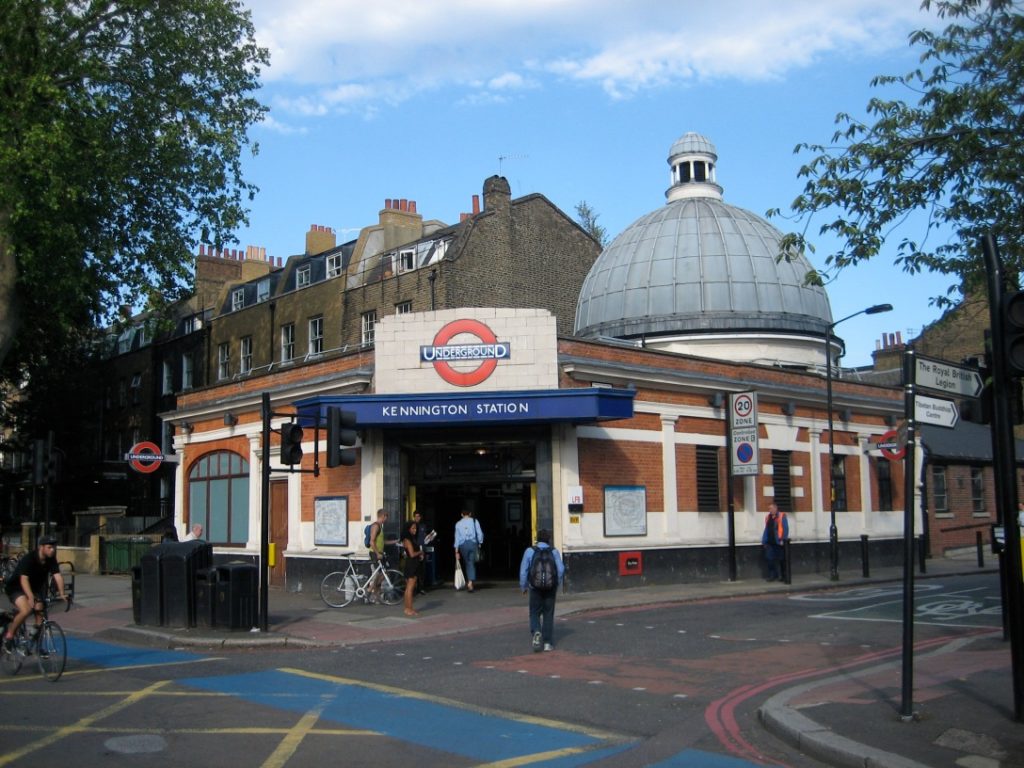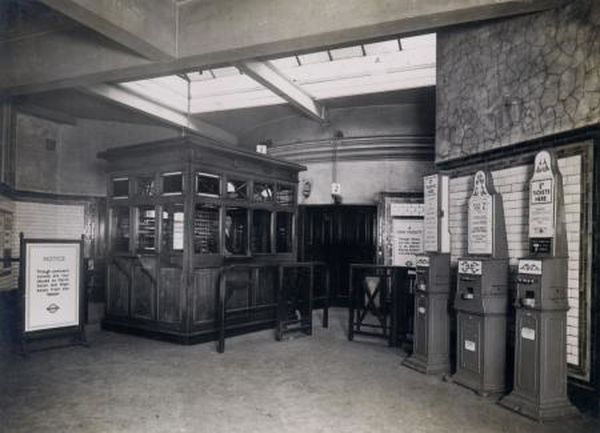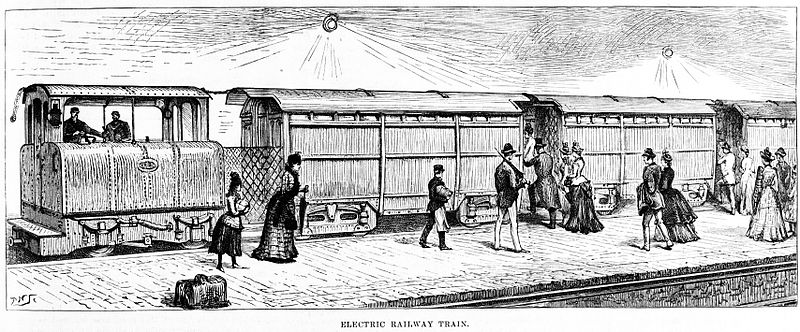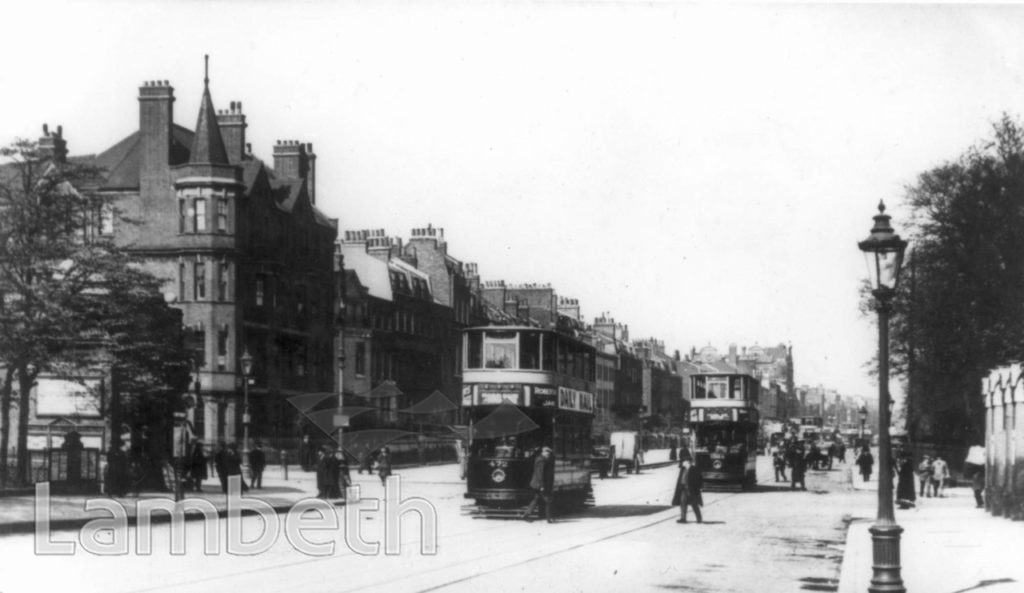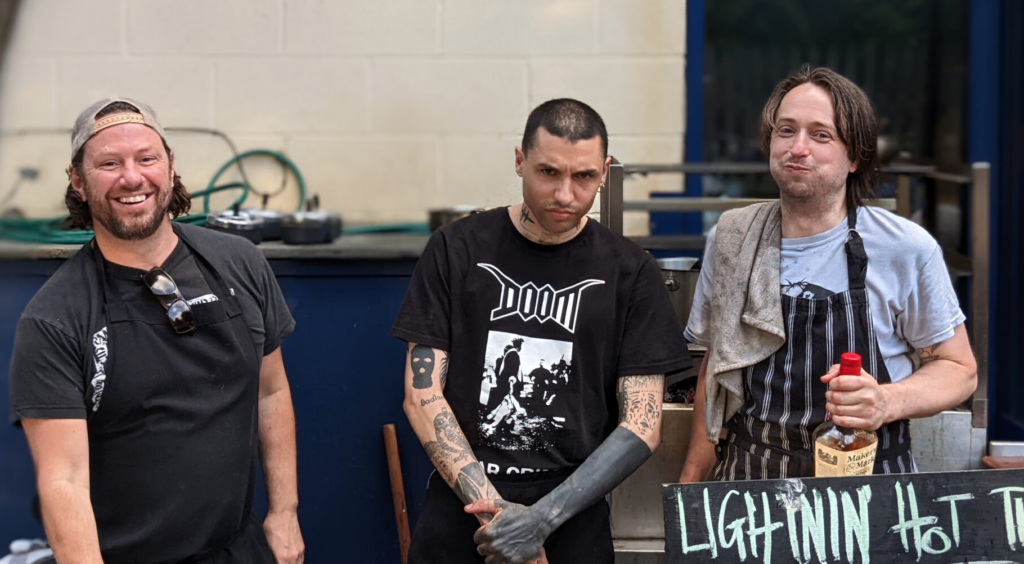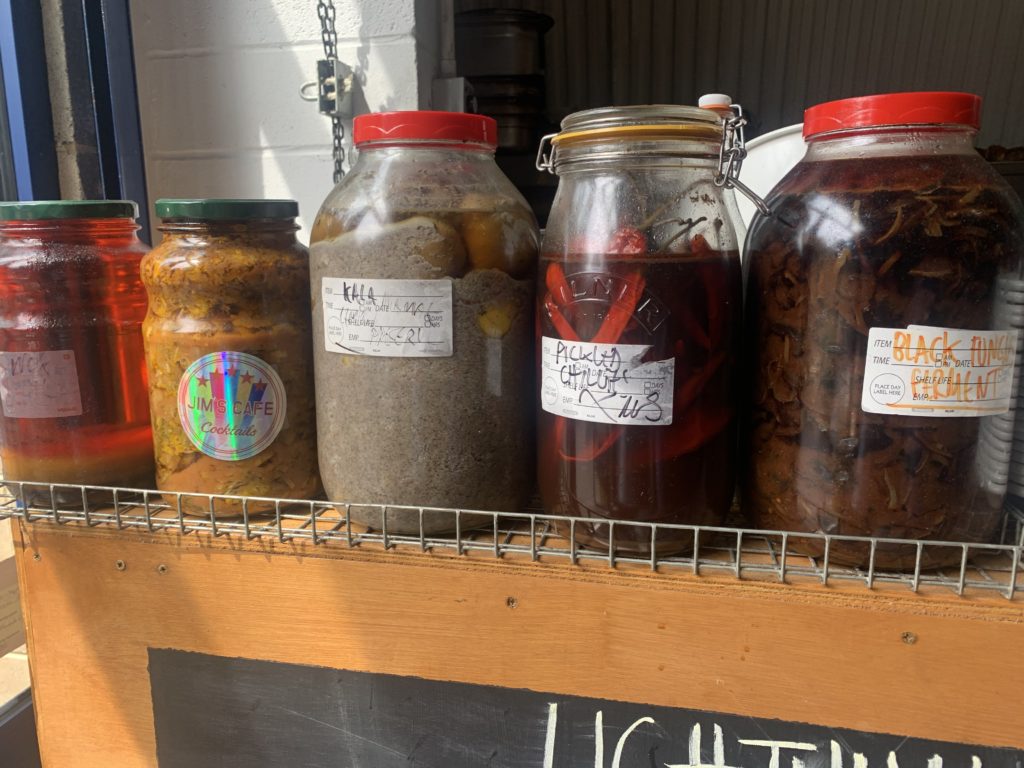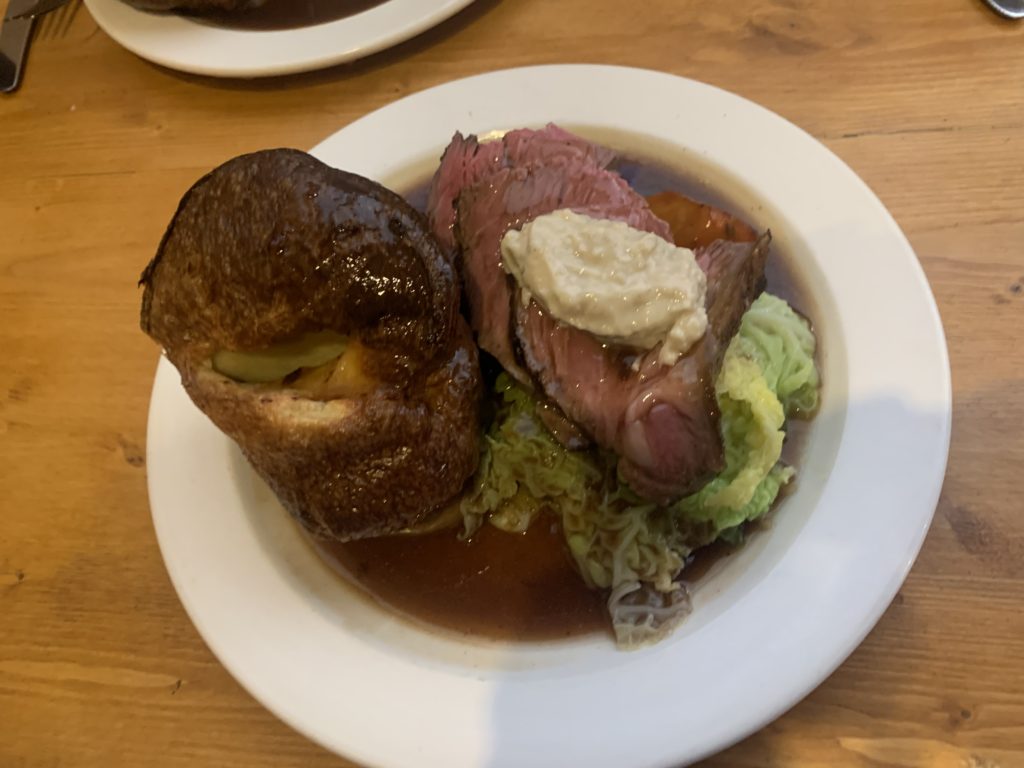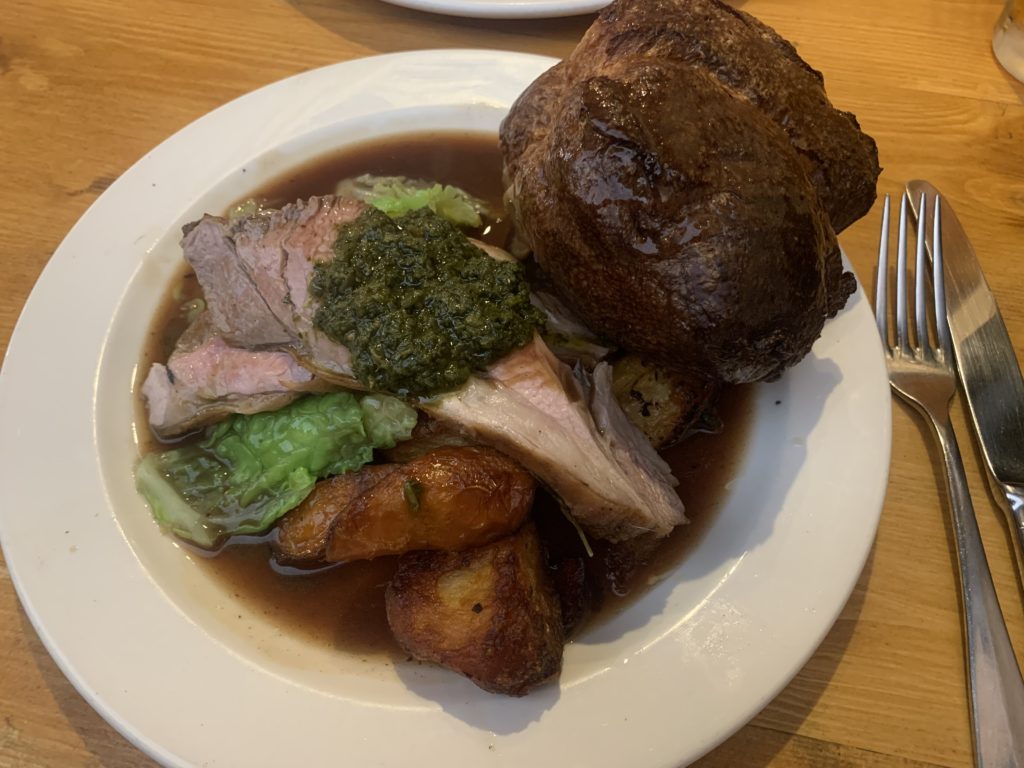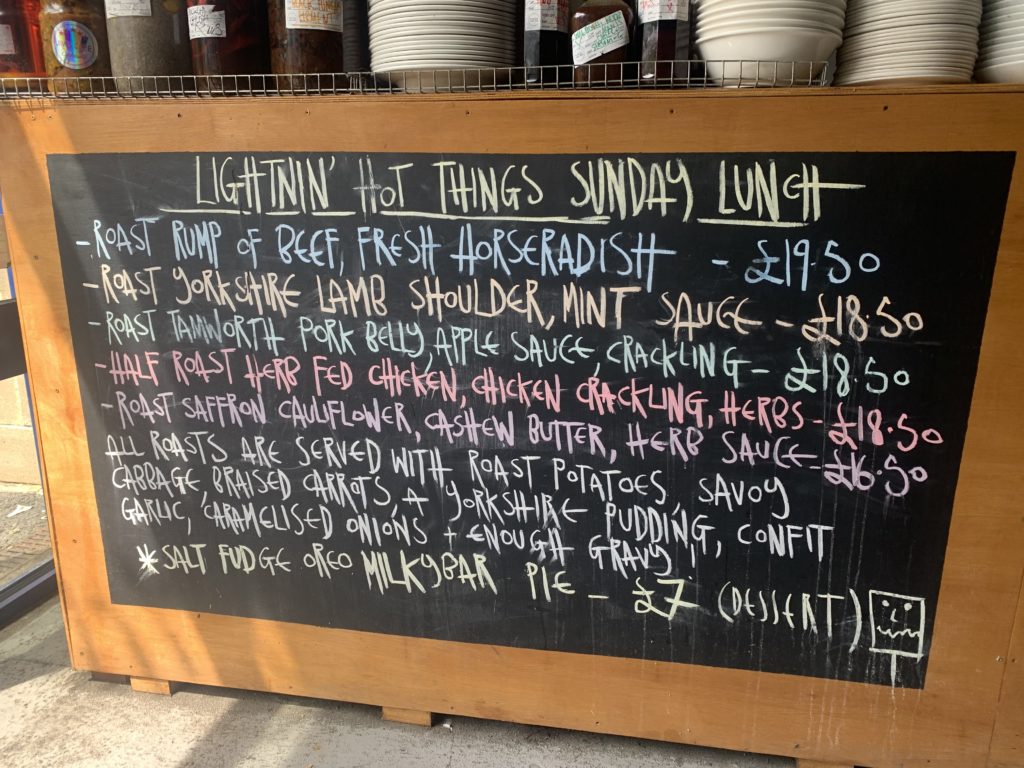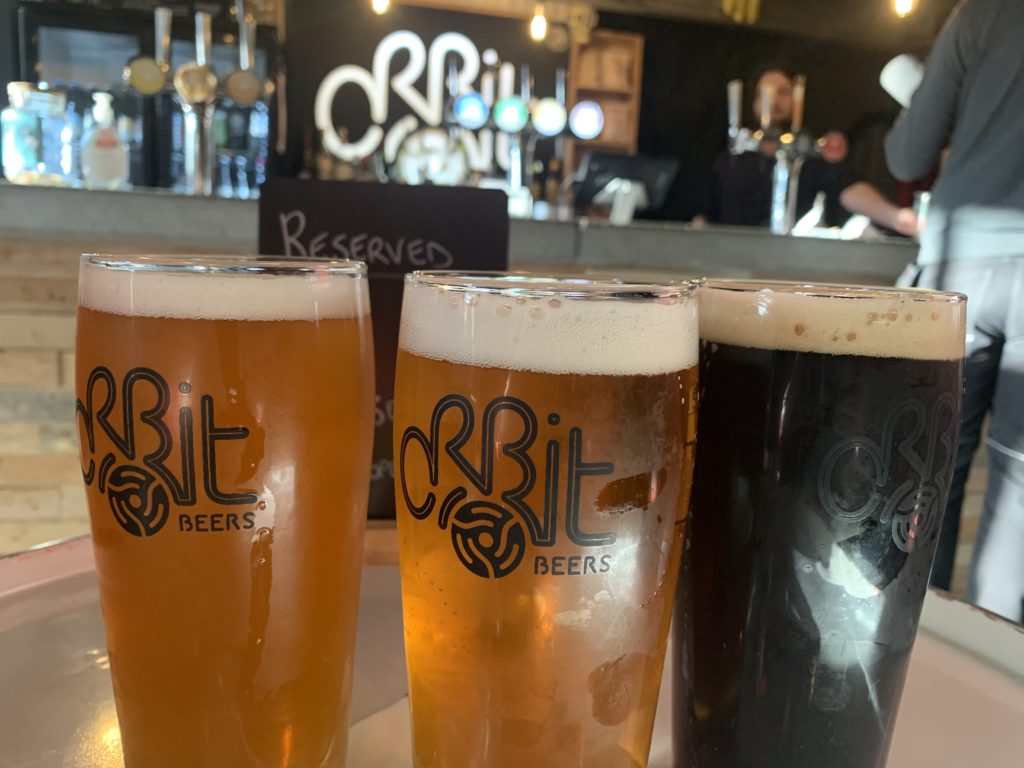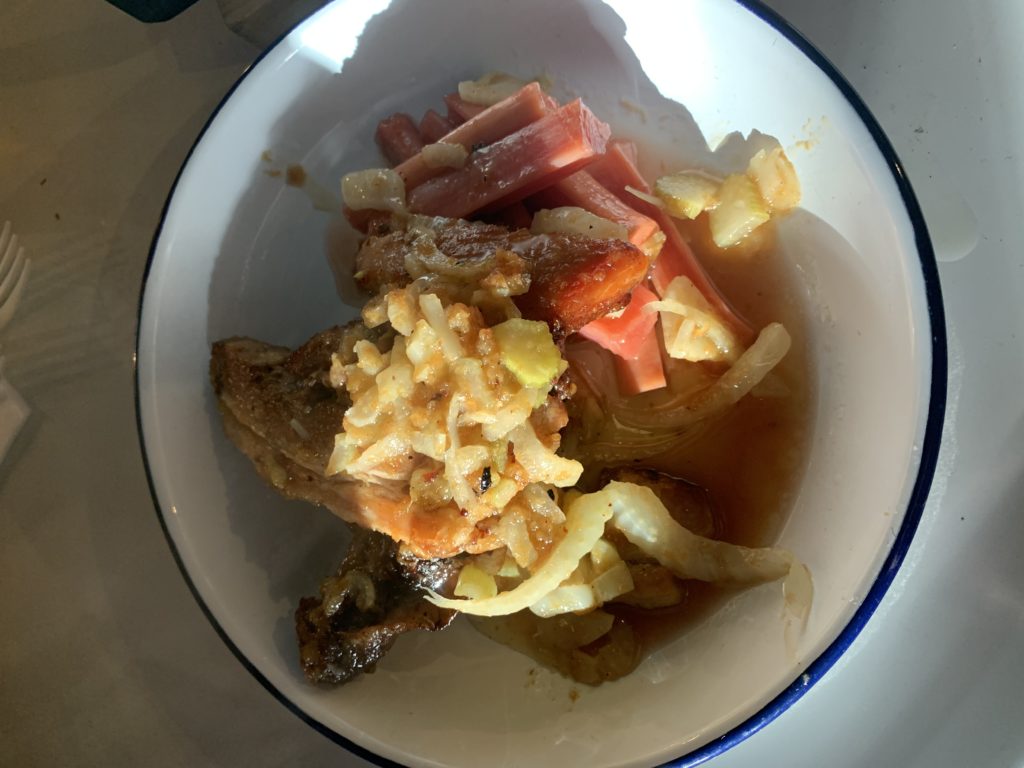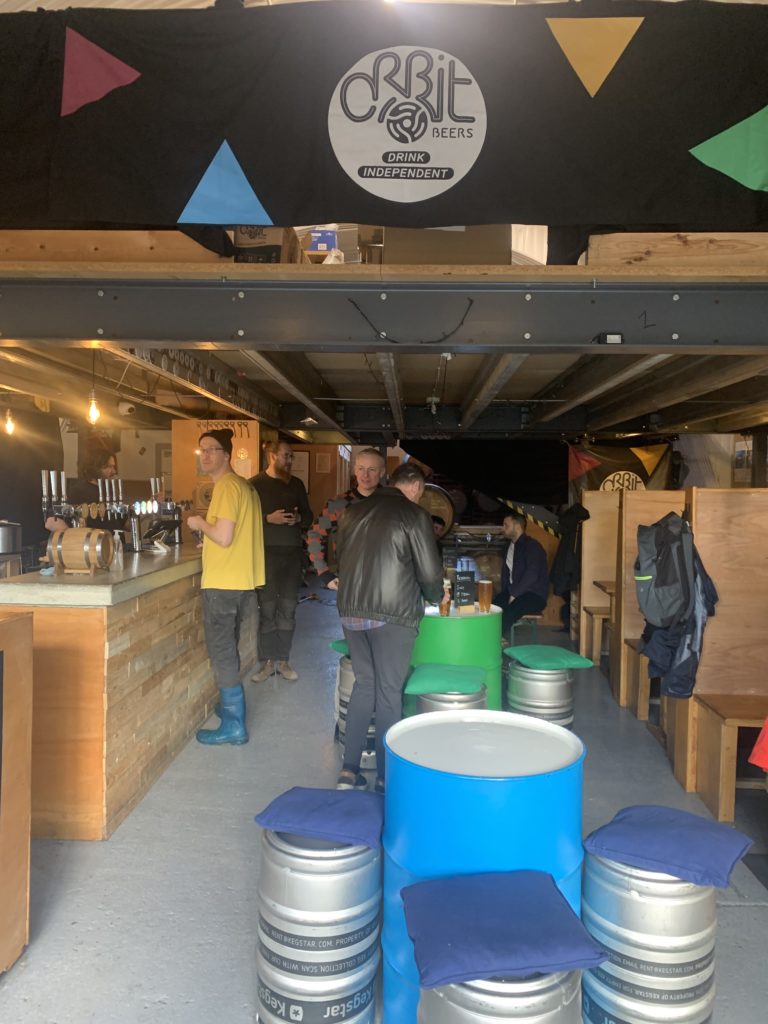When you think ‘I really fancy a night in a highly acclaimed yet quiet restaurant’ the first thing that pops into your head probably isn’t Walworth Road. But alas, on a rainy Wednesday we find ourselves at the very delightful Louie Louie, nestled comfortably between Poundbusters and one of those dodgy joints where you can get your phone unlocked.
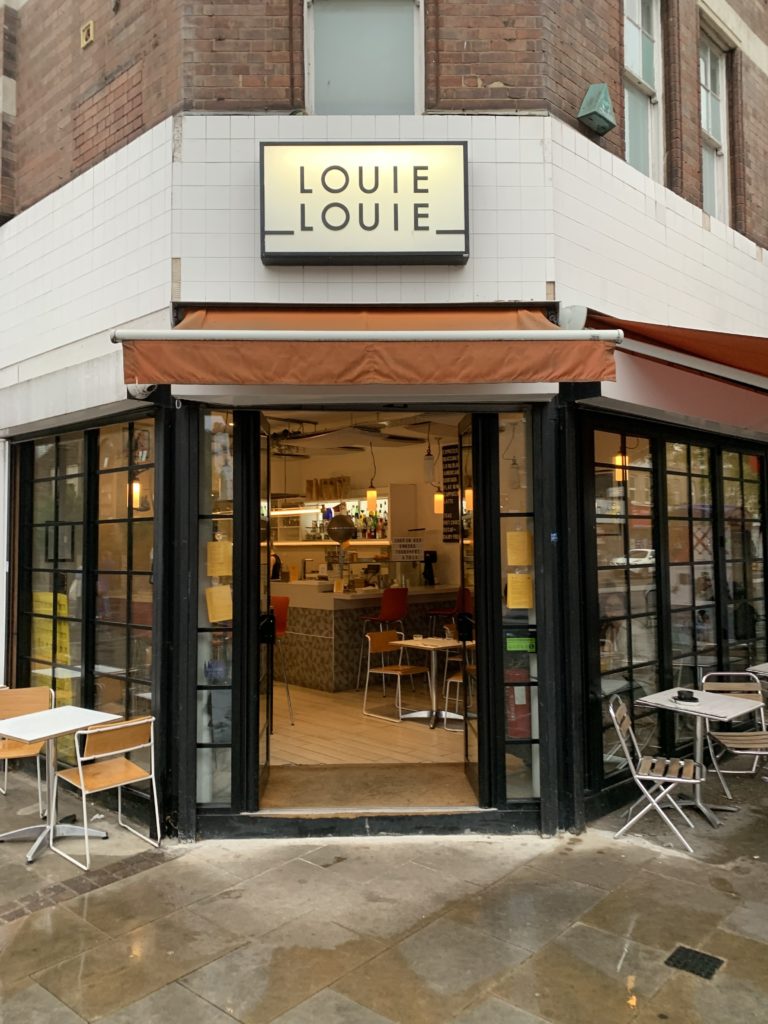
Louie Louie has the unconventional approach of having rotating chefs and menus in the evening, and until 2 September the man of the moment is Daniel Lloyd of Pamela’s Pizza. He was happy to come to our table and told us about his unconventional approach to making pizzas. Firstly, he plans to change the menu on a fortnightly basis (so don’t get your hopes up about ordering the pizzas we’re about to describe) and refreshingly asked for our feedback about how the pizzas could evolve. We love a passionate chef.
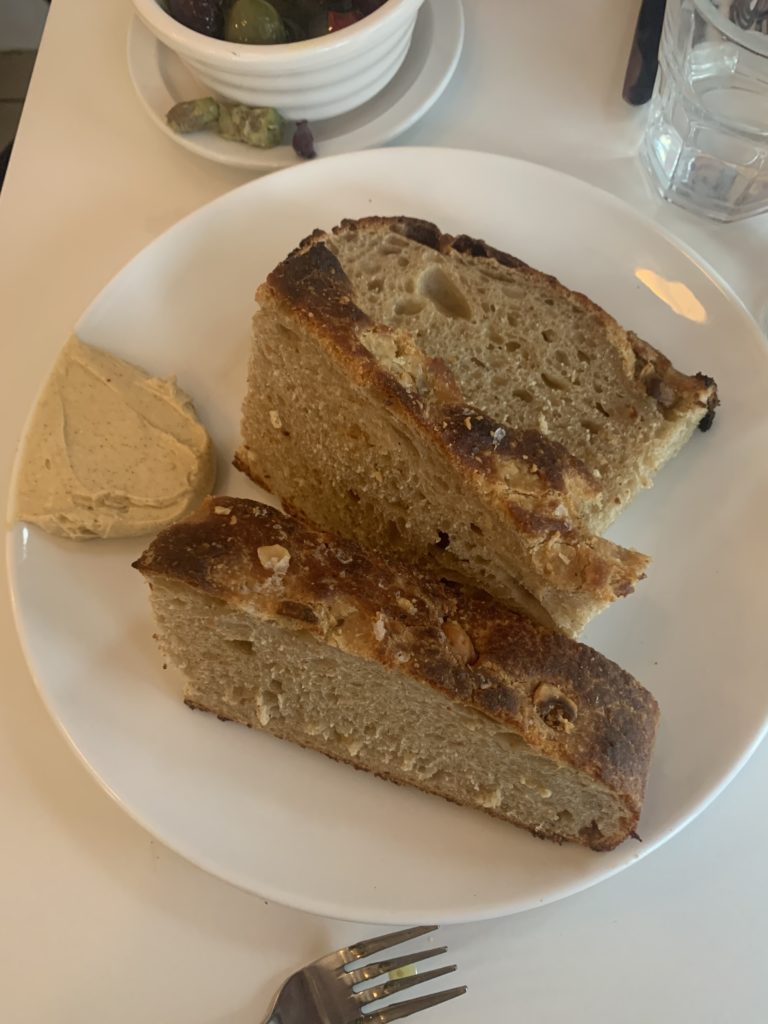
Apparently the starters do not change, and to begin we have the fermented orange hazelnut foccacia with allspice butter. This was served in three huge wedges, really too big considering the mains on the menu are all pizzas or calzones. That said it was delicious – dense and, in nice way, perfumed along with a hazelnut crunch. We let Daniel (who at one point we accidentally called ‘Danielle Lloyd’) know that two pieces would have sufficed.
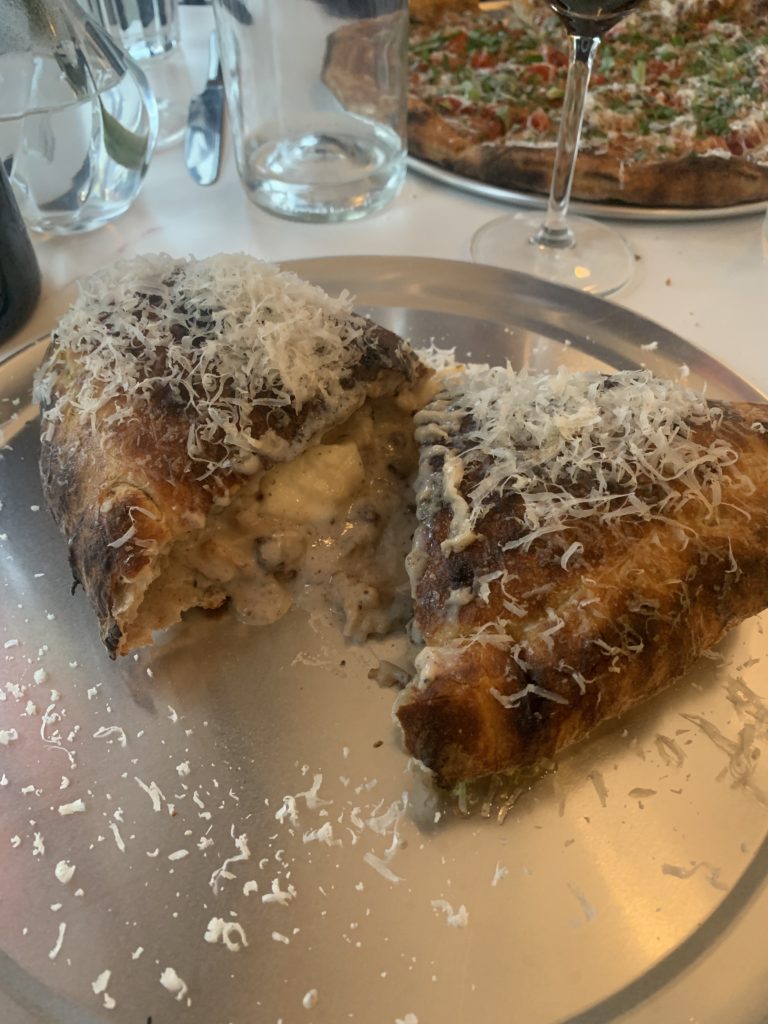

It wasn’t about to fall off the table
On the pizza front, your scribe had a beef and pork ragu pizza which was almost like a pasta dish on a pizza base. Daniel explained that one of his techniques is that he uses very little cheese and tomato sauce in his pizzas and this was very generous on the meat front, with roast tomatoes and a sprinkling of parmesan being dominant. My dining partner had a cauliflower cheese and black pudding calzone. The folded over pizza was heavy on the sauce and dotted with buffalo mozzarella and the black pudding was in small chunks. To quote this secret diner it was this was ‘a bit unrelenting in its richness and creaminess’. All in all is was a delicious, if not experimental meal. But if you go, please do not mix up the chef with a former Page 3 model/Big Brother contestant.
If it is lunch you prefer, Louis Louie does a mean line in toasties. These are also served at their small outlet in Elephant Park, Little Louie, as are cocktails.
